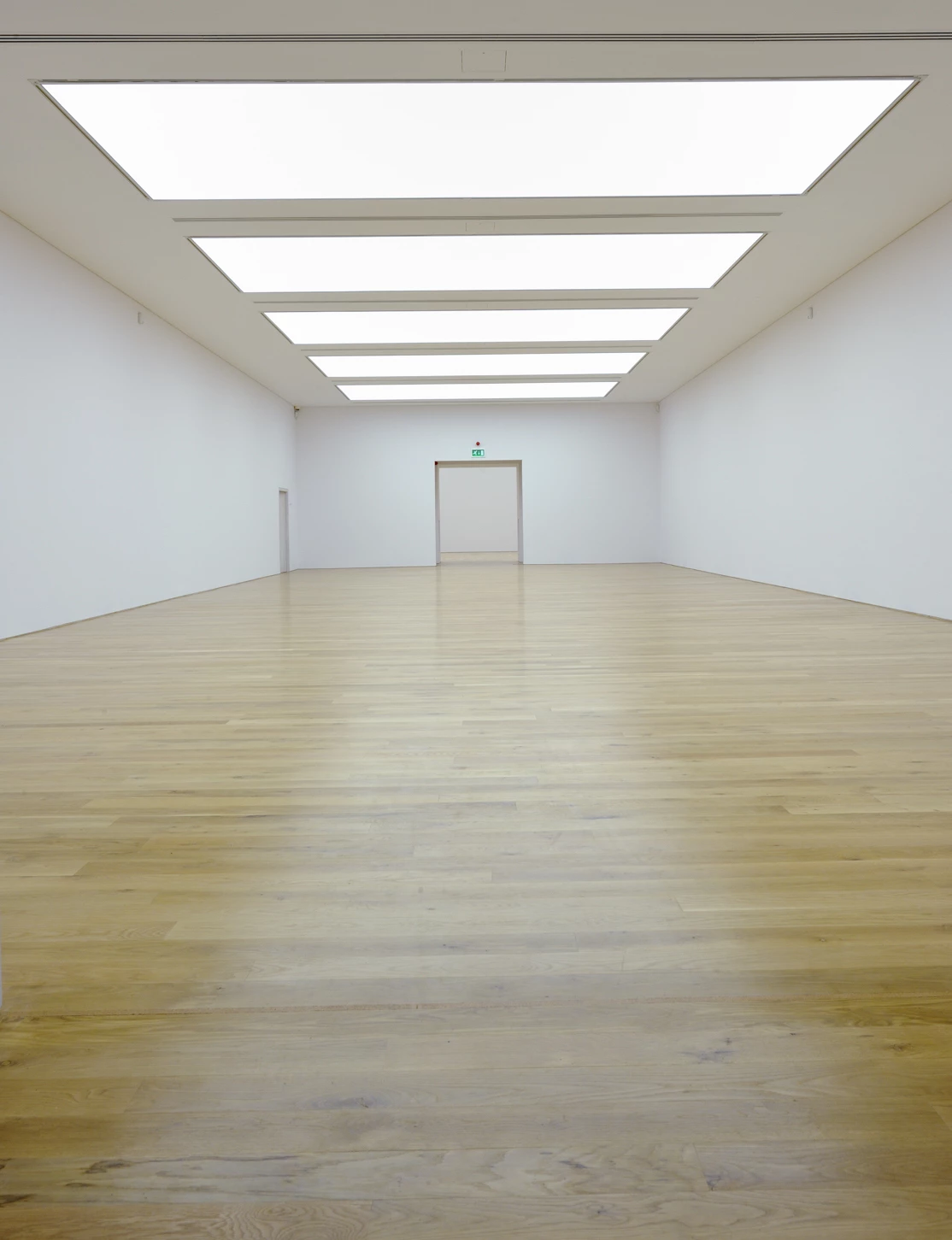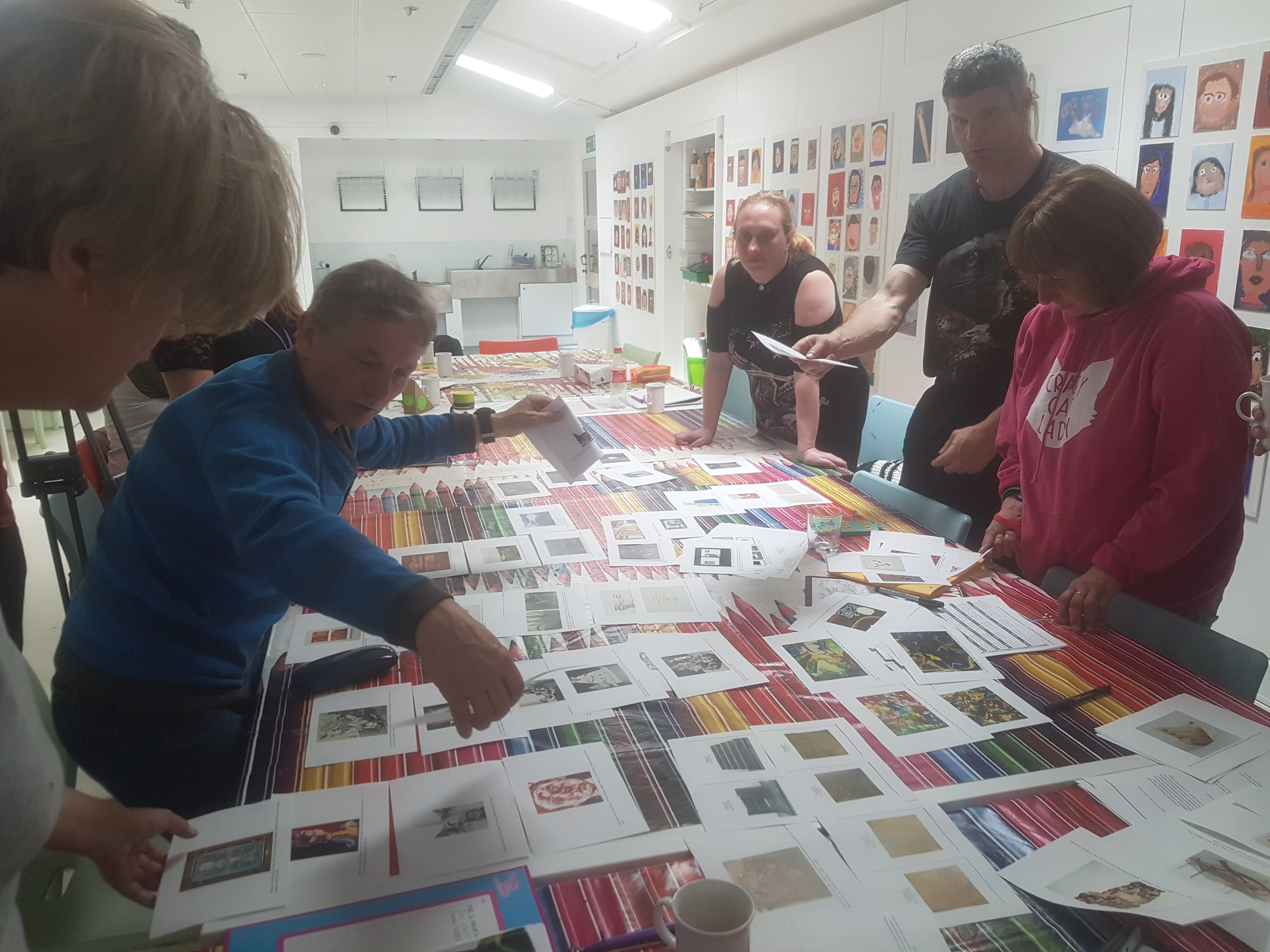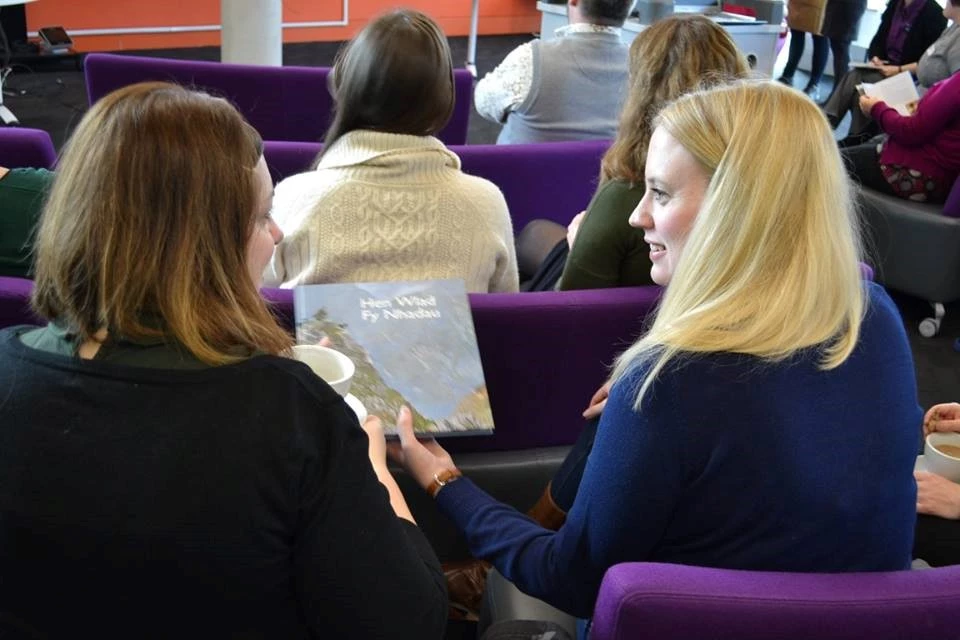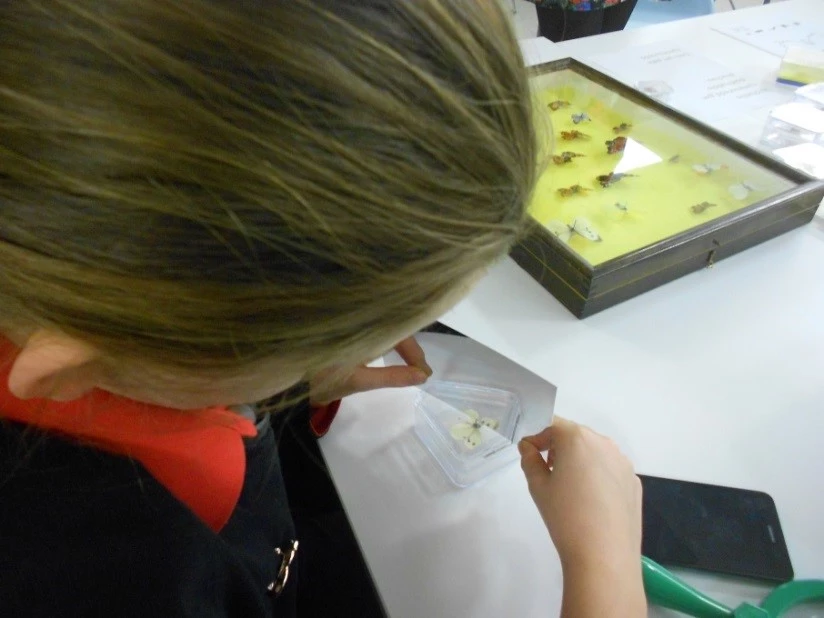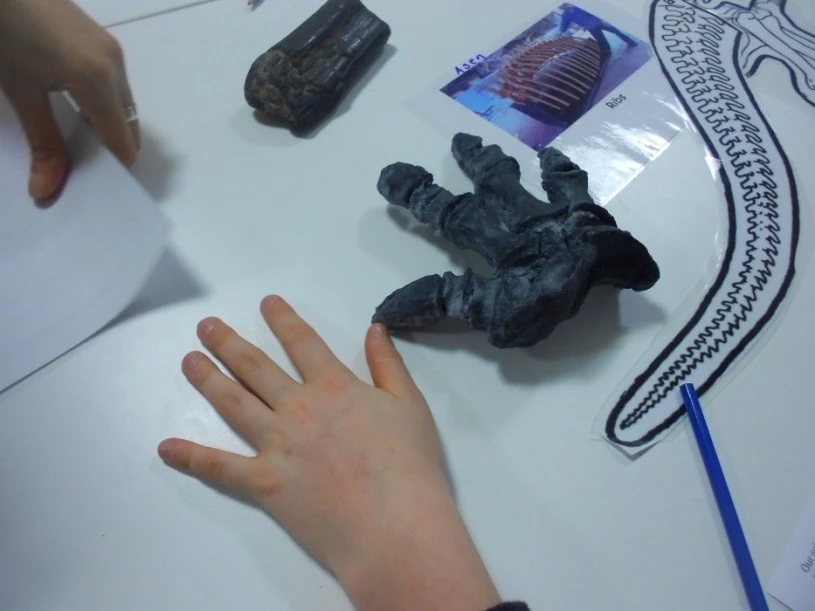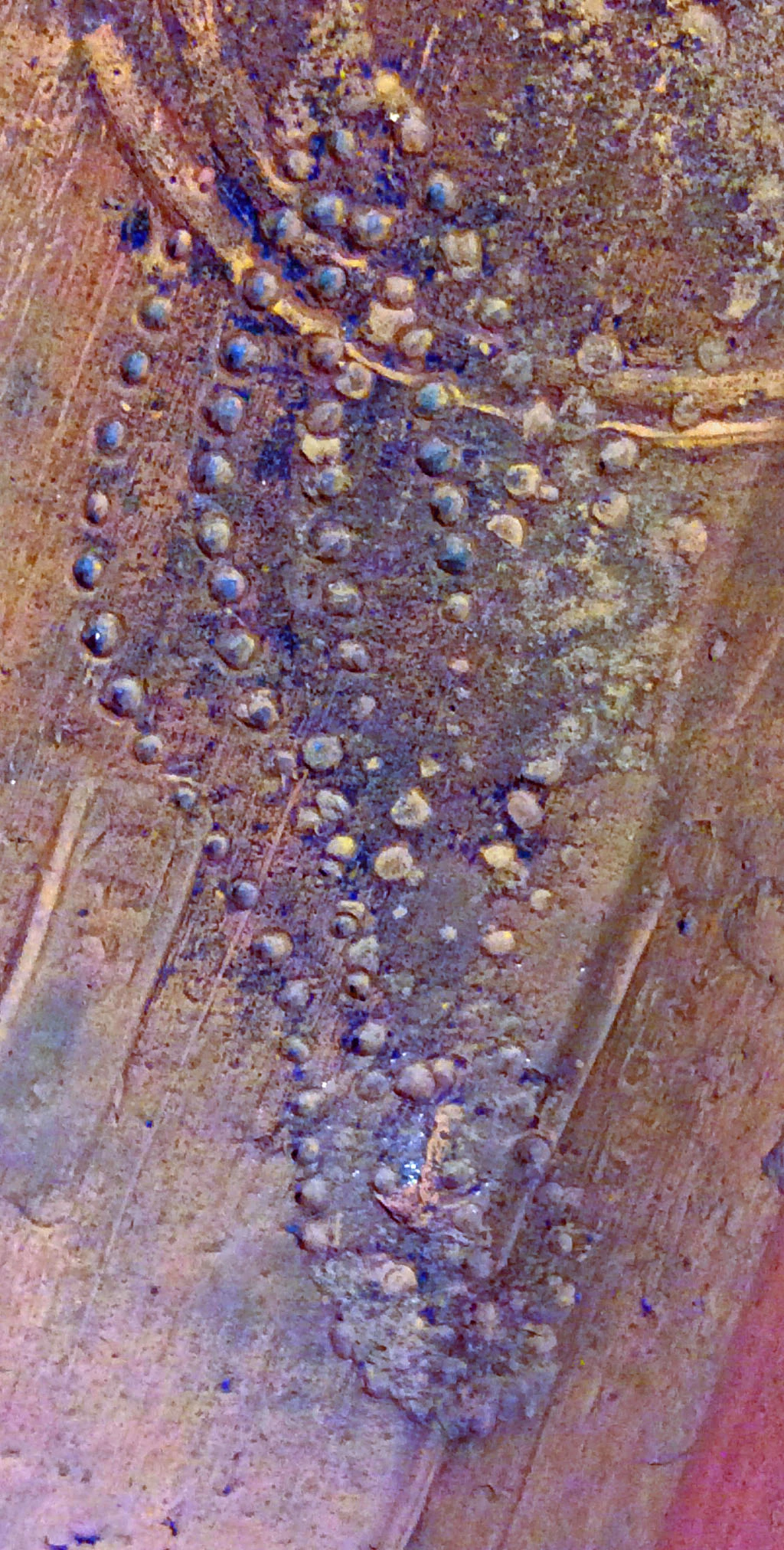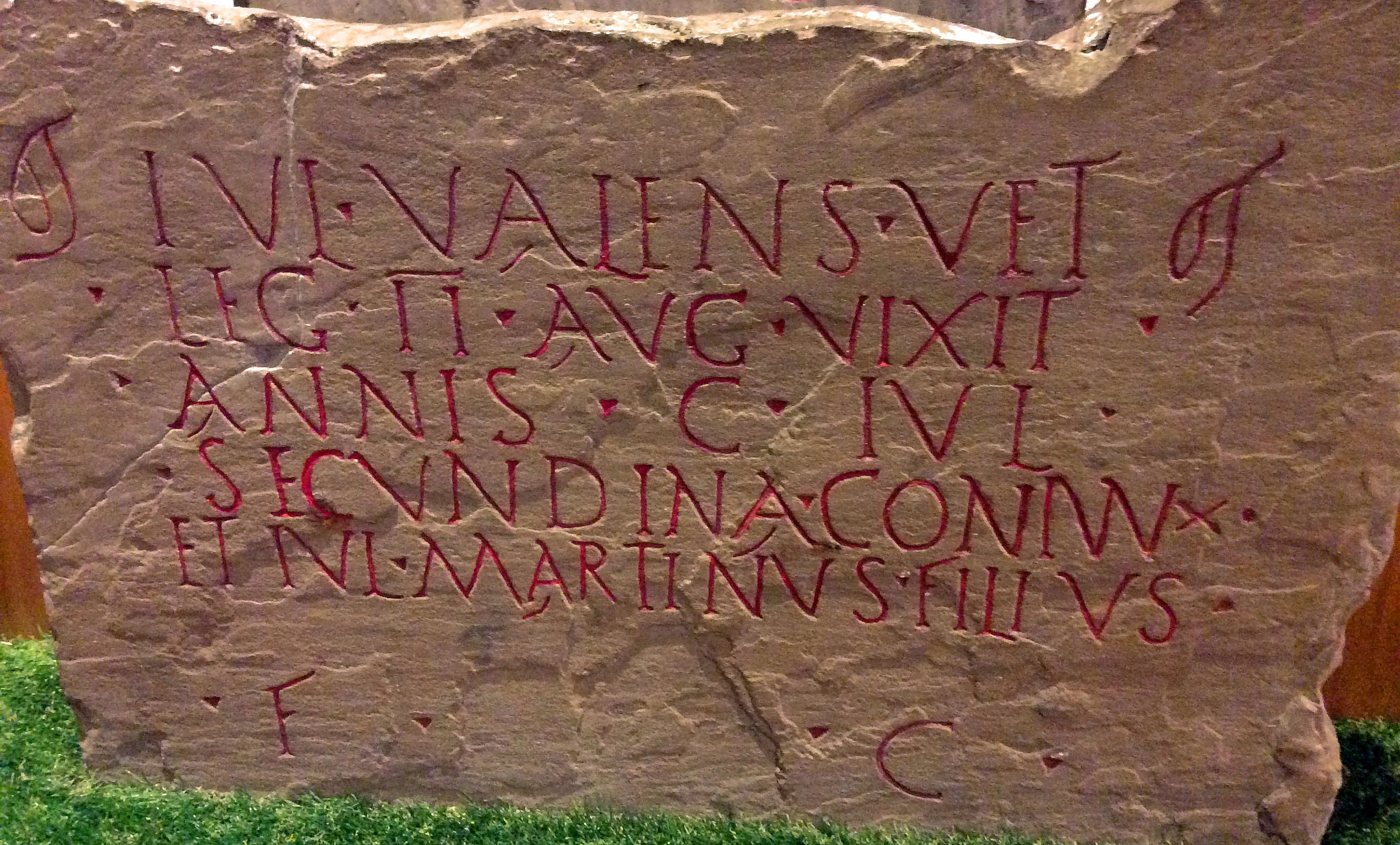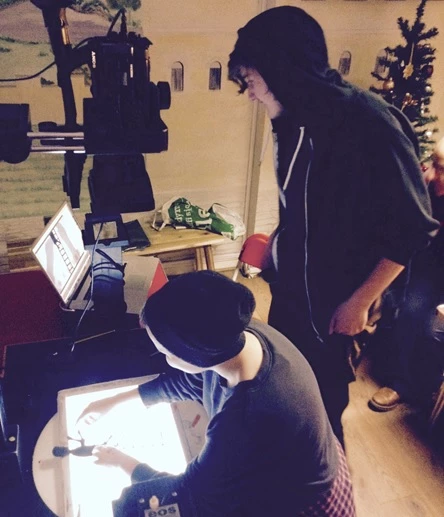For the first time, this year we’ve taken part in several workshops at the National Museum in Cardiff. Two discrete groups of Year 7 pupils with additional learning needs from our two sites have enjoyed and benefited from the wealth of resources at hand at the museum as well as the expertise of the workshop leaders.
Initially, I downloaded the resources available on the website that can be used for self-led visits to all of the National Museum of Wales sites. Some of these we’ve used already, the Maths package for use at Big Pit was really good.
The process of booking the workshops was simple, via email with confirmation of dates sent immediately. To give the children an introduction to the museum in Cardiff, we used the self-led Natural History booklet for our first visit. This encouraged them to explore the museum for themselves and discover the exhibits on show whilst fact-finding and recording information. Their reaction when entering the museum for the first-time was priceless - ”Wow, awesome!!”.
The first workshop we took part in was a stand-alone Art workshop led by Catrin. Following a short tour around the artwork on display, the children were then supported in creating their own exhibits using materials supplied by the museum. At the end, the children chose where to place their creations in the gallery.
Over the next couple of months, we then took part in a series of Science workshops led by Grace Todd: Discover!, Dinosaur Detectives, Skulls, Teeth & Bones and Minibeasts. These workshops really are ‘hands-on’, and give learners the opportunity to see, hold and examine items for themselves – ordinarily out of bounds.
So many areas of learning were covered during these workshops. For example, the Skulls, Teeth & Bones workshop enabled the pupils to develop their knowledge and understanding of the body and the role and function of the bones. Also, how different animals are adapted to the habitat in which they live and the food upon which they feed. The Minibeasts workshop also tied in with learning undertaken in school on adaptation. We looked closely at camouflage and also at classification of minibeasts.
It was great being able to access these workshops through the medium of Welsh and also at a level suitable for the age and ability of these young learners. They also developed their communication skills through the constant discussion and encouragement to contribute.
The final workshop enabled the pupils to have the freedom to search through hundreds of items - natural and man-made artifacts – in order to choose one each for a class exhibition. The pupils enjoyed measuring, weighing, drawing and describing these and then verbally present and promote their chosen item in front of the whole group.
We’ve thoroughly enjoyed and benefited from these workshops combined with the overall experience of visiting the capital city. So, a big thank you. We’ll be back! 😊
Education Booking Information

